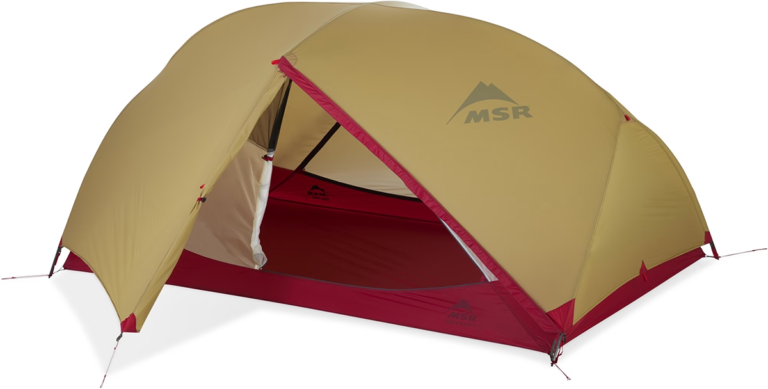As the best time of the year to run approaches (spring at last!), it’s also the time when running-related injuries crop up. I’m talking about you, iliotibial-band syndrome, shin splints, and runner’s knee. By approaching training with care, though, many of these injuries can be avoided.
Too Much Running, Not Enough Cross-Training and Recovery
Overuse—too many miles, too little rest—is a common contributor to injury. Runners are “either doing too much too fast, or they’re training for long distances and they’re not really taking care of themselves afterward with massage and stretch, which are massively important,” says Casey Travis, general manager at running store Fleet Feet.
With all of the repetitive motion, Travis says, runners “end up having these real strength imbalances. Cross-training, whether it’s strengthening our core muscles or addressing balance issues, is hugely important.”
Gluteus medius weakness is common among runners, says Lanaia Severino, a physical therapist with B&B Physical Therapy. To strengthen these muscles, she recommends side-lying hip abductions with a monster band to start, progressing to side planks with contralateral (opposite side) hip abduction, and then, once that’s mastered, upright strengthening with an emphasis on pelvic stability. “Oftentimes runners are so weak in the hip abductors, they have to start with modified side planks and can only perform a few repetitions,” she says.
Hand in hand with cross-training and strengthening should be stretching and massage, says Travis, whether with a foam roller, stick roller, or a visit to a licensed massage therapist. “Whatever it takes to really go in and break up that muscle tissue,” Travis says. “Without massage, just stretching is kind of like pulling on a knotted shoelace.”
Overstriding
Each runner has their own unique biomechanics. But there is one thing that can positively impact virtually all of them, Severino says: proper stride. Overstriding, when the foot lands ahead of body mass, exerts more impact force on the body and can lead to injury. A shorter stride means landing on the midfoot and lessening this force.
A good goal is 90 strides per side per minute. Count your strides per foot per minute. If the result is less than 90, gradually pick up the pace. “The adjustment has to be done really slowly,” Severino cautions, working with a metronome app as a guide. “Depending on where they start, I might just add 2-3 strides [per side] per minute for the first week or two and bump it up slowly until we get to 90 strides per minute.” It may feel awkward at first, but with practice the stride will become natural—and your injury-free body will thank you.
Abrupt Transitions
Too much added mileage over a short period can be tough on the body. If you’re looking to build mileage, follow a training plan—Travis recommends choosing one that offers gradual mileage increases and includes designated rest days for the body to recover and rebuild. The old guideline of not increasing mileage by more than 10% per week holds true.
Another culprit: changing running surfaces. Contrary to a commonly-held belief that pavement is bad and trails are good, “we don’t really see a higher incident of injury depending on the running surface,” Severino says. What does often lead to injury are drastic, sudden differences. Variety is good—different surfaces challenge the body in different ways—but if you always train on dirt trails and then do an 18-miler on concrete, don’t be surprised if injuries follow.
Not Listening to Your Body
“Pain or discomfort are not uncommon while running,” Severino says. “If we expected runners to stop and take six weeks off from training with every ache or pain, there wouldn’t be many runners out there.” A good rule of thumb is to pay attention to the type and duration of the discomfort. If it alters your form, does not allow you to complete your planned workout, or doesn’t go away within 3-4 weeks, it’s time to stop running and follow up with a qualified healthcare provider, Severino says. “Rest is important—but so is figuring out what the cause is so that symptoms don’t return when you return to running.”//
Sarah Hauge will be running Bloomsday this May and hopes to try a new-to-her half marathon this summer. She wrote the Run Wild column in the March issue.
Feature illustration: Erika Prins Simonds












